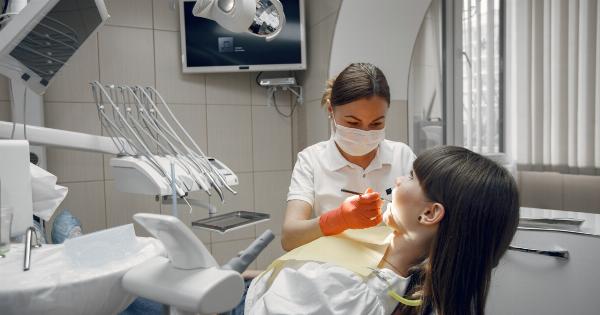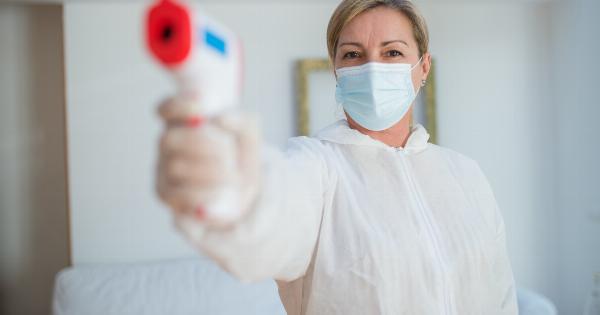Sexual practices have a significant impact on our health, and not paying attention to potential risks can lead to serious consequences. One such concern is the link between certain sexual practices and cancer.
In this article, we will discuss the different sexual practices that can put you at risk for cancer.
Oral Sex and Oropharyngeal Cancer
Oral sex has become more common in recent years, but it also puts individuals at risk for oropharyngeal cancer. Oropharyngeal cancer is a type of cancer that affects the back of the throat, including the base of the tongue and tonsils.
The human papillomavirus (HPV), which is a sexually transmitted infection, is the main cause of oropharyngeal cancer.
If you engage in oral sex, you are at risk of contracting HPV, which can lead to oropharyngeal cancer. The more sexual partners you have, the higher your risk of getting HPV.
Similarly, unprotected oral sex can also increase your risk of getting other sexually transmitted infections that increase the risk of cancer.
Anal Sex and Anal Cancer
Anal sex is another sexual practice that can put you at risk of cancer. Anal cancer is a rare form of cancer that affects the cells of the anus. Anal cancer is predominantly caused by the human papillomavirus (HPV).
Like oropharyngeal cancer, the more sexual partners you have, the higher your risk of contracting HPV and developing anal cancer.
Unprotected anal sex can cause tears in the rectum, which increases the risk of contracting sexually transmitted infections such as HPV.
Similarly, anal douching, which is the insertion of water or other fluids into the anus, can increase the risk of anal cancer. During anal douching, the rectal lining may be damaged, which can trigger an inflammatory response that can lead to cancerous changes in the tissue over time.
Genital-to-Genital Contact and HPV
Genital-to-genital contact can involve rubbing the genitals together or sexual acts such as vaginal or penile intercourse. Like oral and anal sex, genital-to-genital contact puts individuals at risk of contracting the human papillomavirus (HPV).
This virus can cause genital warts and increase the risk of developing different types of cancer, including cervical, vulvar, vaginal, penile, and anal cancer.
Using barrier methods such as condoms and dental dams during genital-to-genital contact can help reduce the risk of HPV and other sexually transmitted infections.
Conclusion
Sexual practices have a significant impact on our health, and the risk of cancer is one of many concerns that we should be aware of.
The human papillomavirus (HPV) is the primary cause of many cancers, including oropharyngeal, anal, cervical, vulvar, vaginal, and penile cancer.
If you engage in sexual practices that put you at risk for HPV, such as oral sex, anal sex, and genital-to-genital contact, it is important to take preventive measures such as using barrier methods and limiting sexual partners to reduce the risk of cancer and other sexually transmitted infections.





























